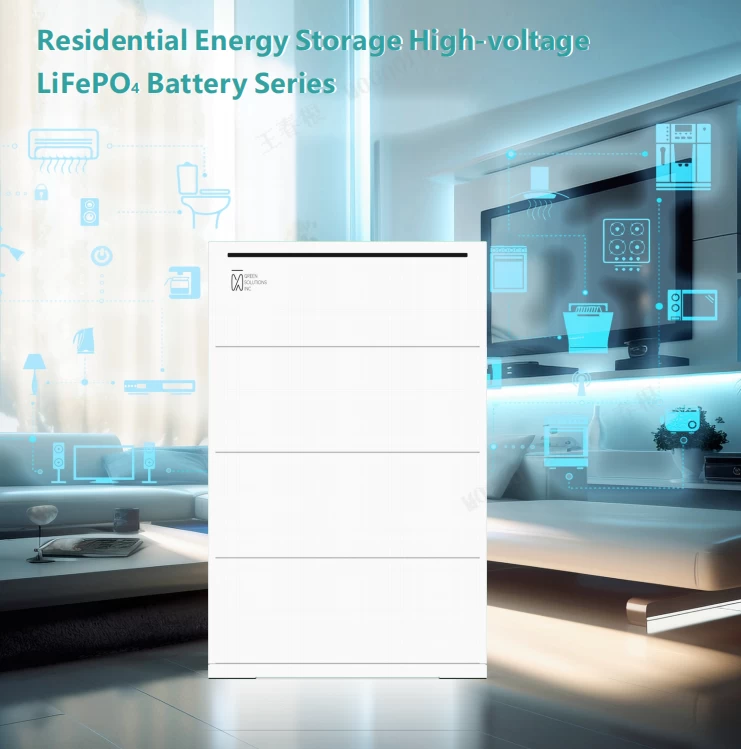1. Material and battery cell level:
High-quality electrode materials are the foundation. For instance, choosing cathode materials with high thermal stability, such as lithium iron phosphate, has a relatively stable structure at high temperatures and is less likely to undergo intense thermal decomposition reactions, which can reduce the risk of thermal runaway. At the same time, the optimization of the anode material is also indispensable to ensure its stability during the charging and discharging process. During the manufacturing process of battery cells, it is necessary to strictly control the uniformity of the coating of the electrode sheets and the accuracy of winding or laminating to prevent local overheating or short circuits caused by internal structural defects. High-precision manufacturing processes can ensure the consistency of each battery cell, making their performance stable when stacked and used, and reducing safety hazards caused by individual differences.

2. Key roles of the Battery Management System (BMS) :
BMS is like an "intelligent butler" for high-voltage stacked lithium batteries. It monitors the voltage, current and temperature of the battery in real time. Once the voltage of a certain battery cell is detected to be too high or too low, the balancing function is immediately activated to adjust the voltage difference between the cells and prevent safety accidents caused by damage to the cells due to overcharging or overdischarging. In terms of temperature, when the temperature exceeds the normal range, the BMS will control the operation of the cooling system, such as starting the fan or liquid cooling device, to prevent the battery from overheating. Meanwhile, BMS can also accurately calculate the remaining charge (SOC) and health status (SOH) based on the real-time status of the battery, rationally plan charging and discharging strategies, and ensure the safe and stable operation of the battery system from multiple aspects.
3. Structural Design and Protective Measures:
The structural design of high-voltage stacked lithium batteries focuses on safety. It adopts a sturdy, fireproof and heat-insulating shell material, which can resist mechanical damage such as external impact and compression to a certain extent, and prevent the spread of thermal runaway inside the battery. Fireproof and heat-insulating materials are set between battery modules to form isolation belts. Even if one module has a problem, the impact on other modules can be reduced. A reasonable layout design ensures smooth gas emission channels. When harmful gases are produced inside the battery, they can be promptly discharged, reducing internal pressure and preventing the casing from cracking and causing danger. In addition, some battery systems are equipped with pressure relief valves that automatically open when the pressure is too high to release the pressure and ensure the integrity and safety of the battery structure.
4. Strict testing and certification system:
During the product research and development and production process, high-voltage stacked lithium batteries have to undergo a series of strict tests. It includes safety tests under various extreme conditions such as overcharging, overdischarging, squeezing, needling, high temperature and low temperature. Only products that pass these strict tests and meet relevant safety standard certifications, such as UL certification, can enter the market. These testing and certification systems, from the perspective of industry norms, ensure that high-voltage stacked lithium batteries meet safety requirements in multiple aspects such as design, manufacturing, and performance, providing reliable safety guarantees for their wide application.
In conclusion, through the coordinated efforts of multiple links such as material optimization, advanced BMS, reasonable structural design, and strict testing and certification, the safety of high-voltage stacked lithium batteries has been effectively guaranteed, thus playing a greater role in fields such as new energy vehicles and energy storage.